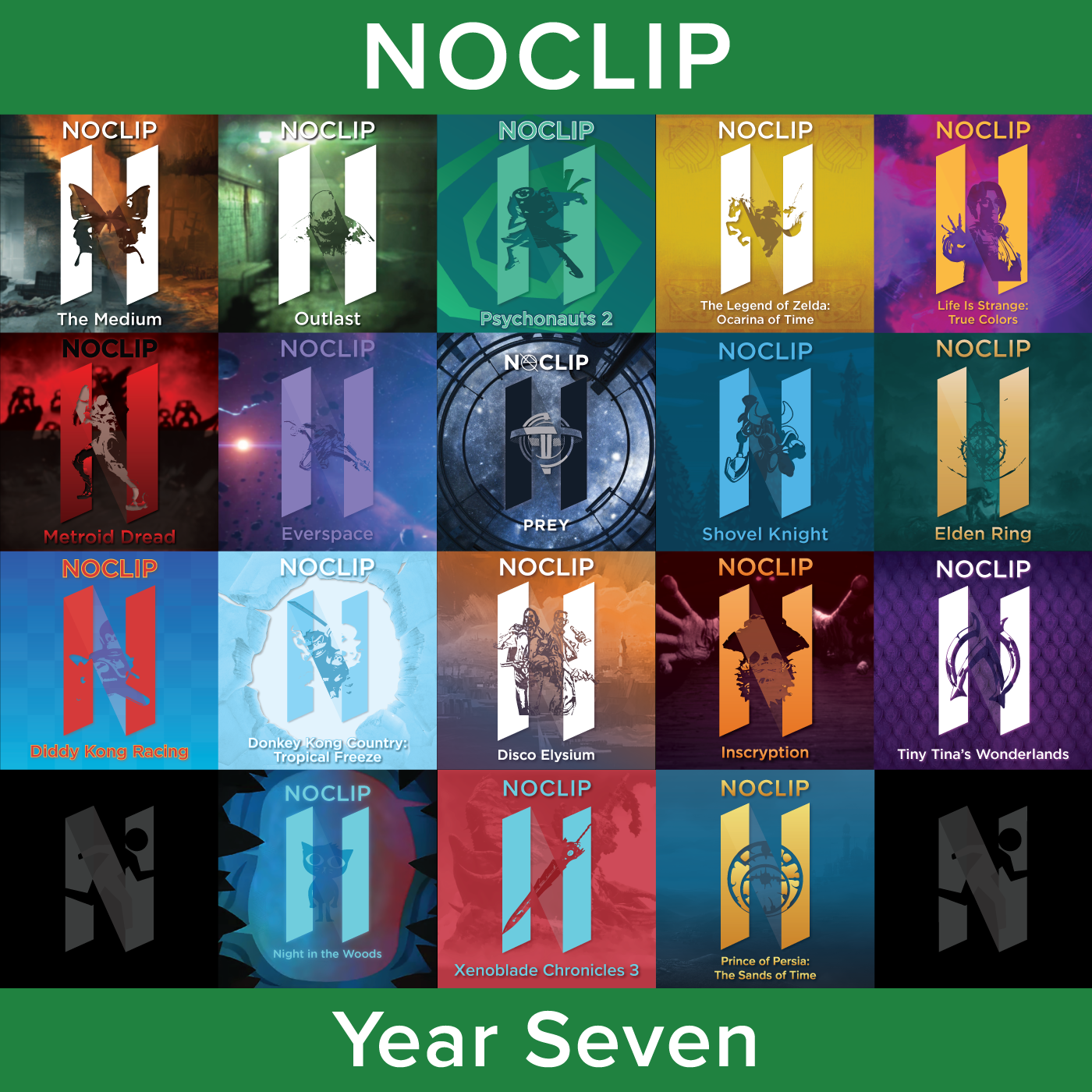Maybe we wouldn’t welcome you if you were being chased by men with guns. Or maybe we would, because that’s just the kind of podcast we’ve built.
Welcome back to Mystery May! On June 5th. It happens. For our final mysterious game this month, we’re talking about about Disco Elysium. This is an RPG in the tabletop RPG or CRPG sense where it sets out to mechanically emulate playing a TTRPG with stat checks and many dialog choices, letting you choose where to go and what to do in order to accomplish your goals. Combine this freedom with the massive catalog of stats to increase and you have a game that leans heavily on player choice. As the game checks your stats constantly in the background against a number of possible results, this means that the type of character you choose to play heavily impacts what you end up learning about. A character with many points in Empathy will know more about people while a Motorics based character will learn and interact with many objects, which all play in to your understanding of the world and the case you’re trying to solve. And of course, it wouldn’t be such a good Mystery May game without a case to solve. The world of Disco Elysium is very bleak, and your job as a cop solving a murder isn’t much of a relief from all the darkness around you. This isn’t to say the game doesn’t have levity, it actually has a ton of very well-written jokes, but the overall themes are ones dealing with picking up the pieces of a broken city and a broken mind. This makes a lot of the game feel very heavy, and it can be exhausting to play at times, but it’s worth it to see something unique with a fresh perspective, not just on the RPG genre, but on people and the world they live in as well. We’re going to be talking about how the many stats can be motivating to how you play, how we feel about the mystery contained in this game and its resolution, and we complain about being old and tired and not having time for a game that demands this much of you.
Thank you for joining us this week, and this slow past month of mystery games. As alluded to above, we’ve been very busy personally the last several weeks and it’s impacted our ability to get out episodes at our usual speed, but we’re genuinely really happy with the choices made for this theme this year. This was an, admittedly, kind of expected treat, a game we knew had a lot of hype behind it and seemed up our alley, but the actual contents were still surprising upon playing it. Did you play Disco Elysium when it came out, or when the final cut was released? Is it a game you could see yourself playing for a second time? Let us know in the comments or over on our Discord server, where you can also suggest some games for us to play, perhaps for next year’s Mystery May! Next time, we’re going to be talking about Inscryption, a game that is more of a mystery to us than it maybe is in game, but with a trusted recommendation and the assurance you should know as little about it as possible before going in, we’re excited nonetheless.





















